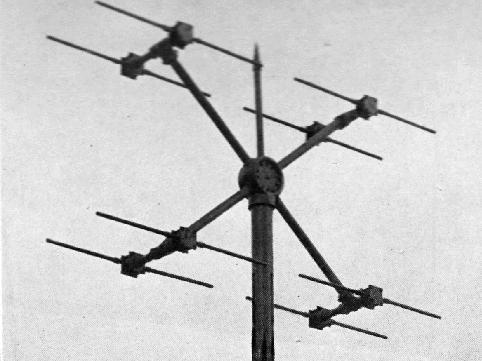The eight 'Treaty' or Heavy cruisers completed for the Navy
during the late 1920's were good ships, the equal of anything
built at the time. But, they were not really what the
Antarctican Navy needed. Antarctica had tens of thousands of
miles of coastline that needed to be patrolled on a regular
basis. For that purpose a smaller 'Patrol' or Light Cruiser
could do the job as well as any of the bigger cruisers - and
cheaper.
At just under 500 feet, these were not big ships, but had
everything required for their task. Six 6" might not scare the
bigger cruisers, but it was a more than adequate armament to
defeat the merchant raiders/cruisers that had preyed on the
trade routes during the last war. It was felt that the enemy
would use a similar strategy in whatever might come next.
The ships armament remained unchanged throughout their service
lives. These ships spent the war either on the trade routes, on
patrol, or in convoy escort duties. To add further armaments
would have meant the torpedoes and aircraft would have had to be
removed. Both of these items had proved more than useful in
their patrol duties, so the decision was taken to leave them as
is. Sea search and Air search radar was added to the tops of the
masts while the 6" director had gunnery control radar added. The
original high angle director for the 4" was replaced with a
newer model dual purpose director with radar control. A
radar predictor for the quad 2 pounder mountings was added on
either side of the bridge. The 20mm remained 'point and shoot'.
| Displacement | 5,500 tons standard, 6,800 tons full load |
| Length | 495 ft |
| Breadth | 54 ft |
| Draught | 16 ft |
| Machinery | 4 shaft, steam turbines, 45,000ihp |
| Speed | 30 knots |
| Range | 7,000 miles at 12 knots |
| Armour | 3" side, 2" deck |
| Armament | As completed 6 x 6" (3x2) 6 x 4" AA (3x2) 8 x 2pd AA (2x4) 8 x 20mm (8x1) |
| Aircraft | 1 (no hangar) |
| Torpedoes | 6 x 21" (2x3) |
| Complement | 460 |
| Notes | Commodore Hornby Commodore Richie Commodore Plant Commodore Page Commodore Bonham Commodore Jones |
291 Air Search and Fire control radar.
